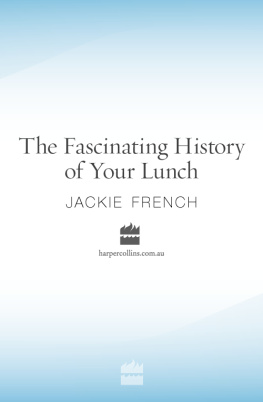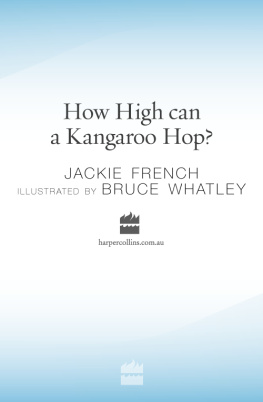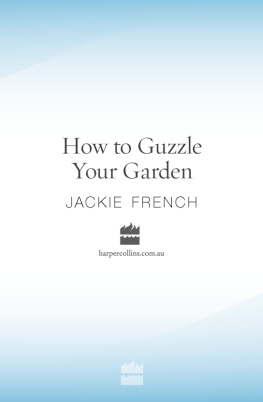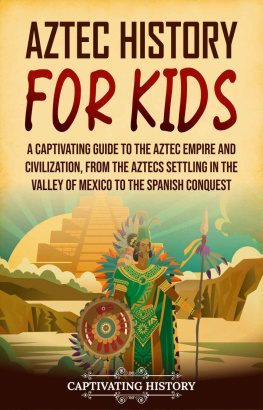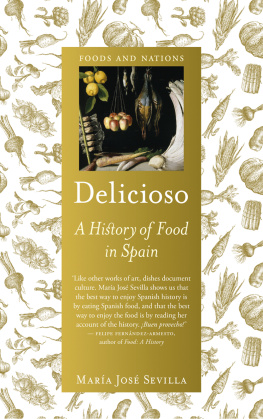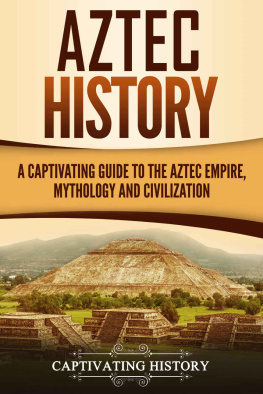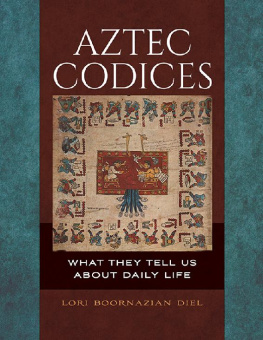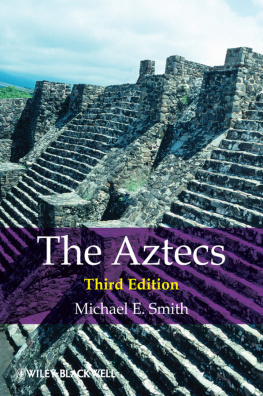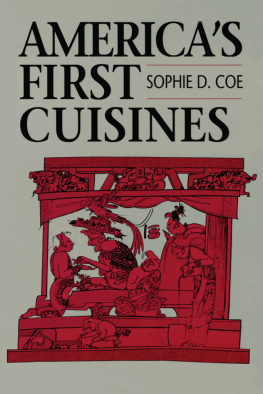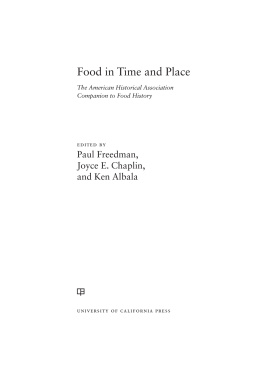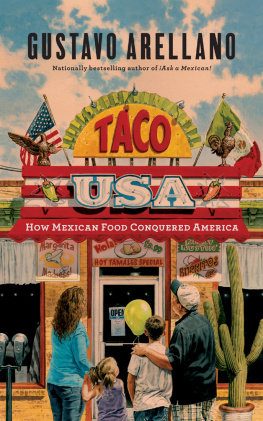The history of the world is in your lunch boxwell, the interesting bits of history anywaywho ate what and what sort of life did they lead?
Fried giant spiders? (Some people in Venezuela still eat these for lunch.) Cheese and salad sandwiches?
Where did your sandwich come from? Who invented cheese? Or bread? Or margarine? Where did lettuce come from? Or tomatoes?
The plants we eat nowadays come from all over the world, and the ways we cook and eat them also come from many different cultures.
Sometimes, as with kiwi fruit, the plants journey from its homeland happened only a few decades ago. Apples travelled with the Roman soldiers, oranges with the Muslim armies and chocolate started off as ancient Aztec coins. Watermelons stopped people dying of thirst in the African desertand when those people were captured as slaves, and sold in America, they took watermelon seeds with them.
The history of food is the history of the worldthe Spanish conquistadors conquered the South American Aztec empire and brought home the bitter beans that would eventually become chocolate, as well as potatoes and tomatoes and chillies and popcorn.
Columbus accidentally landed in the New World (he was trying to find a new way to get to India to buy spices like ginger and pepper) and brought back tobacco and pumpkins.
Pizza napolitana came to the USA with Italian immigrants from Naples and gradually turned into the gooey modern pizza we know today.
Wars, famines and revolutions bring people from one country to anotherand they bring their favourite foods too.
The most important things to learn from history are how people once lived and thought and how that has led to the world we know today.
And the most interesting way of understanding history is to look at what we eat.

The fascinating history of your
sandwich
Whats on your sandwich today? Lets say its a cheese and salad sandwichor maybe egg and lettuce
THE VERY LONG HISTORY OF YOUR
SLICE OF BREAD
The story of bread and wheat is the story of civilisation. Theres no way I can fit the entire story of civilisation into this book. (Not unless you want a kilometre-long book.) So, to really cover it all at a gallop
About 10,000 to 12,000 years ago, after the last Ice Age, as the great sheets of ice melted, great plains of grass grew up where the ice had been in an area known as the fertile crescent of the Middle East.
Some of these wild grasses had seeds that people could eat without dropping deadancient varieties of wheat and barley.
Even better, if a Stone Age family collected these wild seeds for about six weeks they could get enough grain to feed themselves for the rest of the yearand dried seeds like wheat are much easier to store in pouches made of animal skin or dried animal guts than dried meat or dried fruit.
To get this wonderful stuff, though, you had to be there at exactly the right time. Ancient wheat shatteredthat is, as soon as it was ripe the seeds dropped on the ground. If our Stone Age family got there too late they missed out.
Tribes would camp for months by the grain, waiting for it to ripen, then picking it and threshing itgetting rid of the stalks and the husks around the seedsand, of course, lugging around all the wheat theyd gathered wasnt too easy either.
So slowly settlements grew up around the wheat fields. People stayed put instead of wandering aroundand the worlds first villages grew up around the wild wheat fields.
These ancient people learnt that if you picked too many wheat seeds there wouldnt be enough seed left to drop to the ground to grow a good crop next year. Eventually they discovered that if you kept the best seed and scattered that, youd get an even better crop.
Humans had discovered how to farm.
In those days wheat wasnt made into anything like flour and bread and biscuits. It would have been chewed raw (its not too badtry it), or eaten as sprouts, or stewed in animal-skin containers. If you hang an animal skin filled with water and some grains over a low fire it doesnt burn because its too damp, but the food inside it gradually cooks to a sort of porridge. (No, do NOT try this on the barbecue with your brothers leather jacket.)
Sometime in the next 5,000 years people learnt how to grind grain to make flour and how to mix it with water to make dough. The dough could be baked on hot rocks by the fire or on a hearthstonea big, flat rock by a fireplace.
And one day some woman probably left her raw dough around for a few days and it was infected by a wild yeast, and as the yeast grew it puffed the dough up with air and made it light, and she discovered that if she added a bit of the yeasty dough to another bit of dough the yeast would spread through that, too
Or maybe someone mixed their flour with left-over beer, and the yeast in that puffed up the bread when it was baked. In fact, for thousands of years that was the main way in which bread was madeit was either mixed with the foam from the tops of barrels of beer, or with millet flour soaked in grape juice that was left till it began to bubble.
and slowly humans started to make the sort of light, airy bread we know today.
Who invented the first bread? Well, flat breads (wheat mixed with water and baked in a thin, flat cake) have been around almost as long as humans have been eating grainsalmost 14,000 years. The Egyptians probably ate the first yeast bread that had risenthey were among the first beer drinkers too, so they had yeast, and they grew a sort of wheat that would rise when yeast was added to it. (Most flours dont rise even when yeast is added. You need gluten for bread to risethe yeast puts out carbon dioxide gas and the gluten forms little plastic-like bubbles around it. The more bubbles you have, the lighter your bread is.)
But that early bread still wasnt much like the bread we know today. If you look at the skulls of ancient Egyptians their teeth are worn right down, so the bread probably contained lots of bran and bits of stalk and maybe even splinters of stone from when the wheat was ground.
Bread had to be cooked, too. The first bread was cooked on hot rocks by a fire. Ive cooked flat bread like thatthe dust on the rock means the bread doesnt stick to it, and it has a good smoky taste, too.
Ancient Greek and Roman cooks baked their bread under a large brick, propped up by other bricks. The cooks piled hot coals over the brick, and this made a tiny oven underneath. Bread cooked this way is very moist, as the steam is trapped and helps keep the crust soft.
Sometimes a giant metal or pottery bowl was placed over the bread, and the coals were piled around this. (Ive tried this with a flowerpot at our barbecueIve put the bread on a clean rock, then put a giant CLEAN flowerpot over it, then shovelled coals with a spade over the pot, and left it for 20 minutes. The bread was really very good indeed. DO NOT TRY THIS, though, unless you have someone with you who is used to dealing with firesits very easy for even adults to get burnt! You definitely need long, fire-resistant trousers, boots, a long-sleeved, fire-resistant shirt, leather gloves and common sense!)

